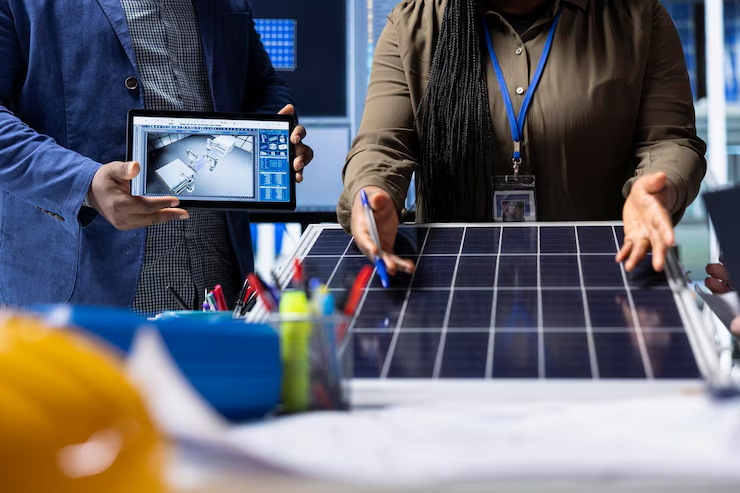Going off-grid isn’t just a lifestyle choice—it’s a commitment to energy independence. But while off grid solar systems promise autonomy, their performance can be compromised by one common and frustrating issue: shadows.
Whether from overhanging trees, chimneys, balcony railings, or even shifting sun angles on RVs, partial shading can drastically reduce power output and damage system components. For those
relying on solar as a primary energy source, especially in remote locations, such disruptions aren’t just inconvenient—they’re unsustainable.
Why Shadows Pose a Serious Threat to Off-Grid Systems
In conventional solar panels, even a small shaded area can lead to disproportionate power loss. That’s because traditional systems often route energy through a fixed string of solar cells. When one cell is shaded, it becomes a high-resistance point, potentially causing a hotspot—a buildup of localized heat that not only cuts off energy flow but can also lead to long-term damage or even safety risks.
For off-grid users, especially those using solar to power critical systems like refrigeration, communication, or heating, this represents a serious vulnerability.
Enter Cell-Level Shadow Management
Recent advancements in solar technology have begun to address this problem head-on. One of the most promising solutions is cell-level shadow management—a smarter approach to energy routing that’s reshaping how off grid solar systems handle real-world conditions.
Instead of allowing a shaded cell to become a bottleneck, this technology enables each individual cell to respond dynamically. When shading occurs, the module reroutes current around the affected area, keeping the rest of the panel operational and significantly minimizing energy loss. This innovation enhances energy yield, prevents hotspots, and ensures longer system lifespan.
Real-World Gains: PA219 Panel with Anti-Shading Technology
An excellent example of this innovation in practice is the Sungold PA219 solar panel. Designed with off-grid users in mind, the PA219 integrates multi-zone anti-shading technology that intelligently navigates shadowed zones.
Compared to conventional panels, which often drop to 0% output under partial shading, the PA219 consistently retains between 50% and 92% energy output in various shadow scenarios. Whether on a residential rooftop with tree coverage or an RV dealing with shifting light conditions, this panel maintains stable, efficient performance without the sharp energy dips typical of traditional modules.
Who Benefits Most?
Anti-shading solar panels are especially beneficial for:
Tiny home dwellers in forested areas
RV travelers encountering variable sunlight
Apartment dwellers using balcony-mounted panels
Off-grid cabins with static panel placements and occasional obstructions
These use cases often share one challenge: unpredictable and inconsistent light exposure. Investing in a solar panel that can autonomously adapt to these conditions helps ensure the reliability off-grid systems demand.
Bottom Line
Shading is a persistent threat to off-grid solar reliability, but thanks to innovations like cell-level shadow management, users no longer have to choose between independence and efficiency.
For those seeking robust, adaptive solar solutions, products like the Sungold PA219 demonstrate how intelligent engineering can turn a longstanding solar challenge into a thing of the past—keeping the power flowing, even in the shadows.









